Before
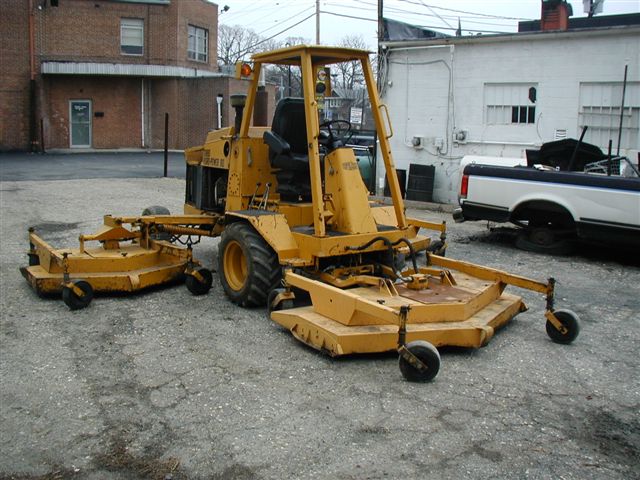
After
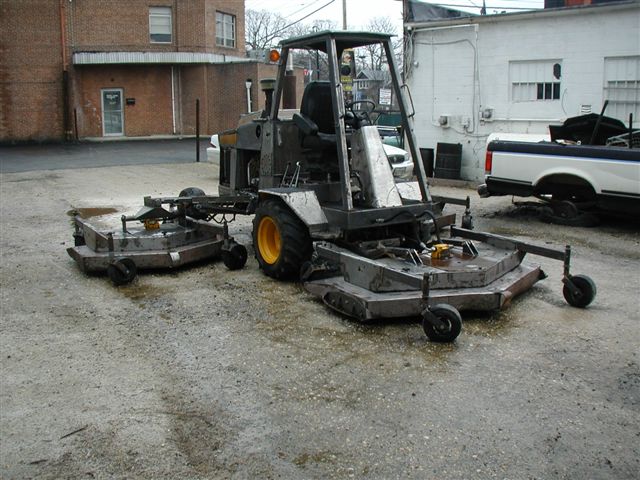
Before
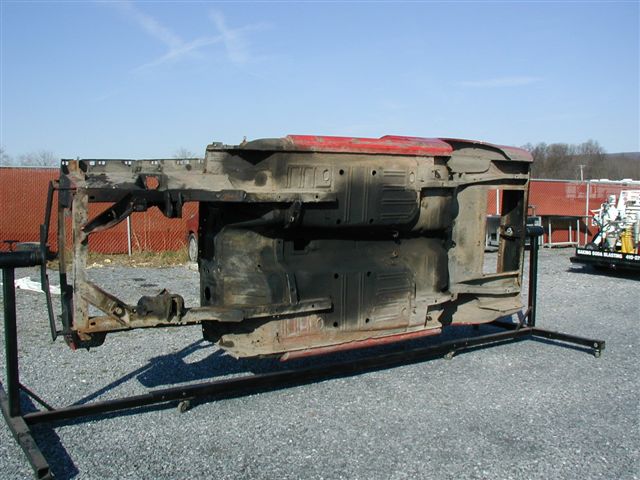
After
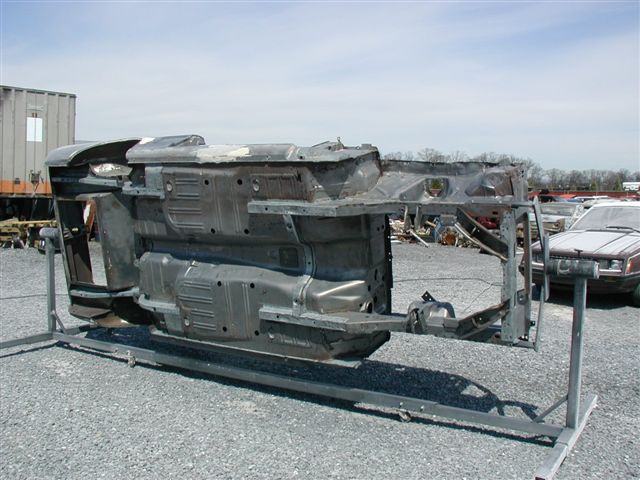
Before
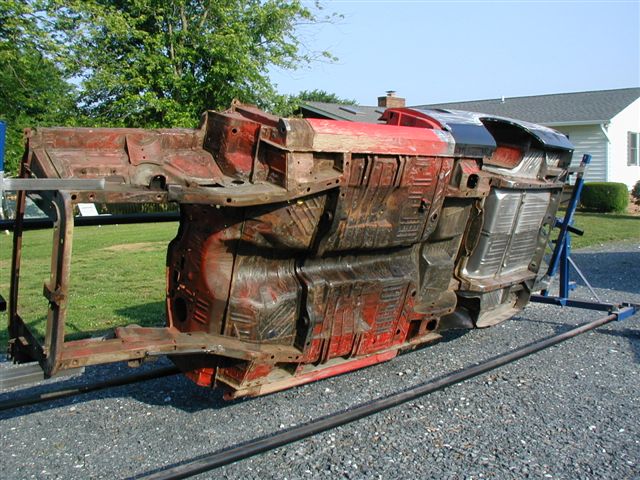
After
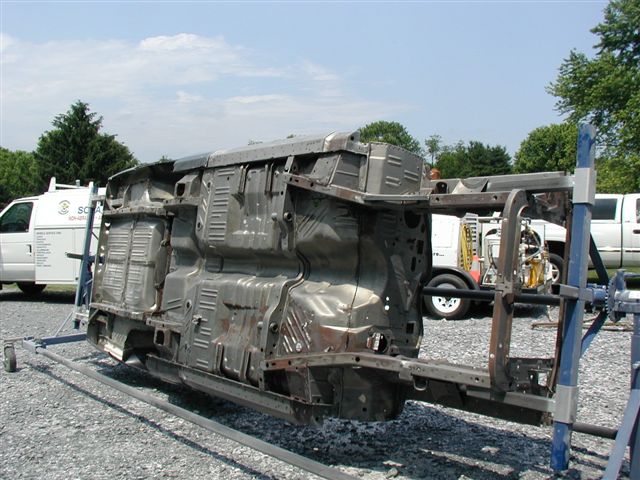
Before
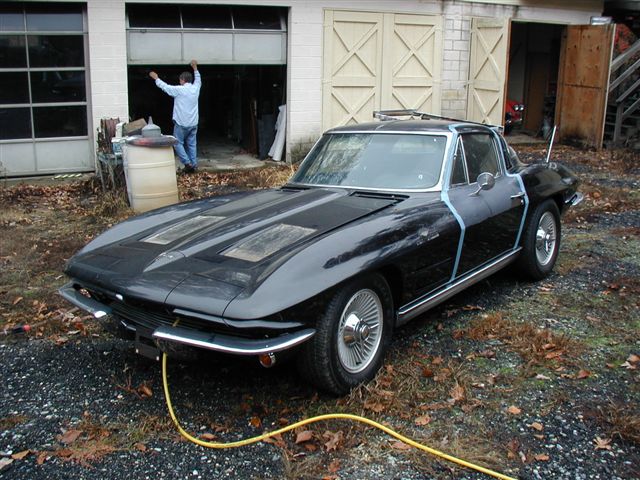
After
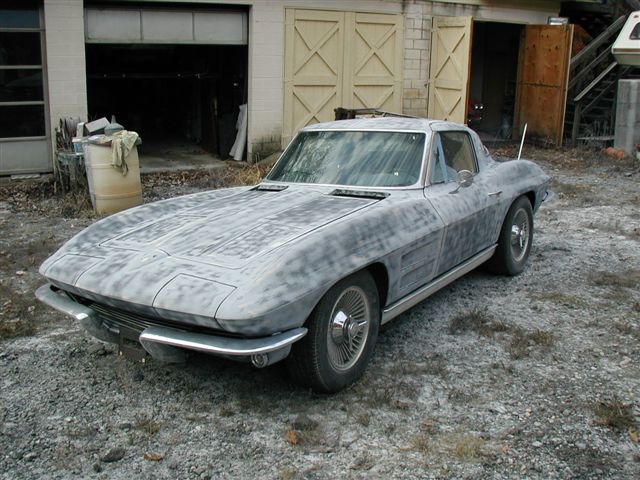
Before
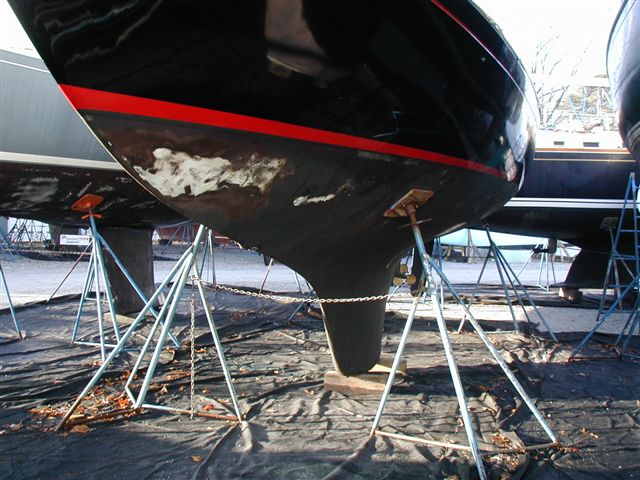
After
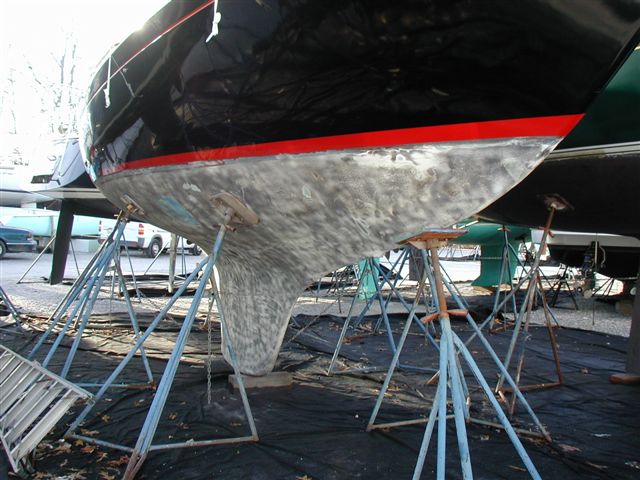
Before
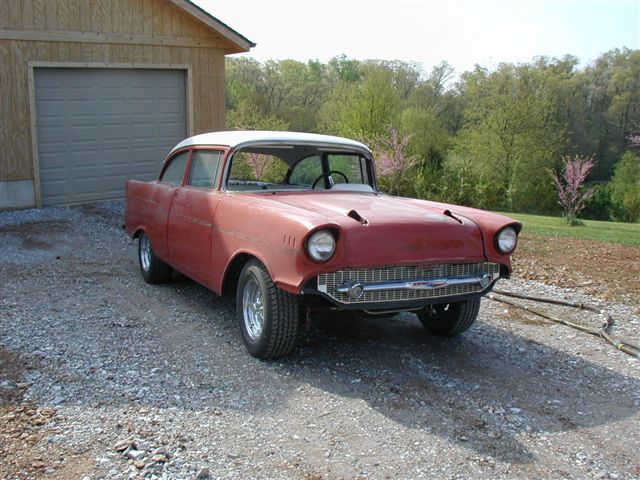
After
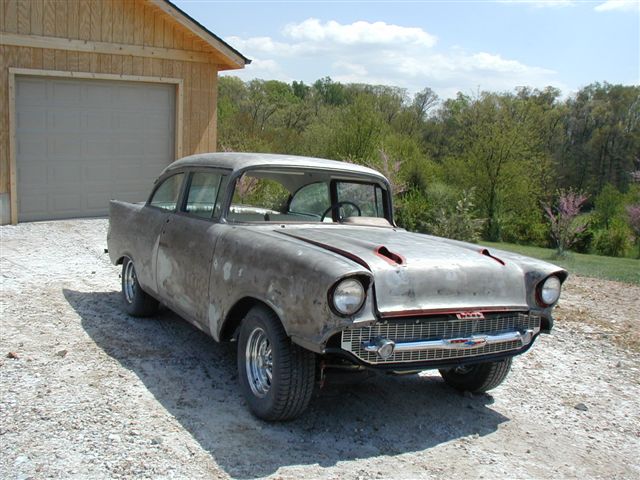
I get this question almost daily and, in the beginning, I did not have the correct answers. In the past, I was told many things; from "just don't worry about it" to, "just plain water" or "vinegar and water" (nobody knew the correct ratio) and even alcohol and water. I now know that there isn't a single stock answer to this question as there are many different kinds of substrates that we encounter with soda blasting and each one has its own treatment.
The main question to ask - is a coating going to be re-applied? If so, some sort of neutralizing and cleaning of the surface needs to be done. Baking soda (sodium bicarbonate) has a higher than neutral pH and contains some degree of salt (chlorides). You must have a clean, oil free and pH neutral surface to ensure that you won't have a coatings failure after any type of media blasting. Coating failures after soda blasting can usually be traced back to no pre-paint preparation, poor preparation or incorrect preparation. Baking soda is a wonderful media that allows you to do things that no other media will accomplish, but you need to educate yourself about the media and follow a few simple steps after blasting.
Consulting with coatings manufacturers before application can reveal a wealth of valuable information and help insure a positive outcome to your project.
Here is a sampling of substrates and
what we have found that works after soda blasting:
Metals - Hold Tight 102 is the best all-around product that we have found. POR-15 Marine Clean might also work.
Fiberglass - Hold Tight 102 and possibly Salt Away and Salt-X. Also Fiberglass Surface Prep #YMA601 by Interlux.
Wood - Sun Brite Wood Brightener - a citrus based wood bleach. Can be also used to brighten wood and remove rust stains.
Concrete - Hold Tight 102 or Sun Brite Wood Brightener.
Brick, block & mortar - Sun Brite Wood Brightener.
Additional products that can be identified may be used. Please check with the product manufacturer regarding the proper use and application of other products.
A quick message regarding vegetation:
Baking soda can burn vegetation due to the pH of the product. Flowering plants that are more delicate seem to be more quickly affected. Leafy green plantings and common lawn grass seem less likely affected. Having said this, all vegetation can be affected by baking soda residue to different degrees depending on how much baking soda contacts the surface or ground. Use of breathable tarps to cover plantings around houses and decks works well. Follow removal of the tarps with a copious tap water wash down of the plantings. In areas where tarping is not practical, start with a pre-soaking of the plantings and ground the day before with tap water. Flood all plantings with tap water immediately after blasting. We have even used a lawn sprinkler to keep baking soda residue off plantings and to keep the ground wet during blasting operations. Baking soda is water soluble and use of additive free baking soda, like Natrium Products, will increase the likelihood of a good outcome.
There is no guarantee that you won't burn vegetation with the above mentioned techniques - these are just some ideas that have worked for us. I always caution my customers about the possibility of burning the vegetation. Because of what we can do with baking soda, most customers are happy to deal with any possible side effects.
